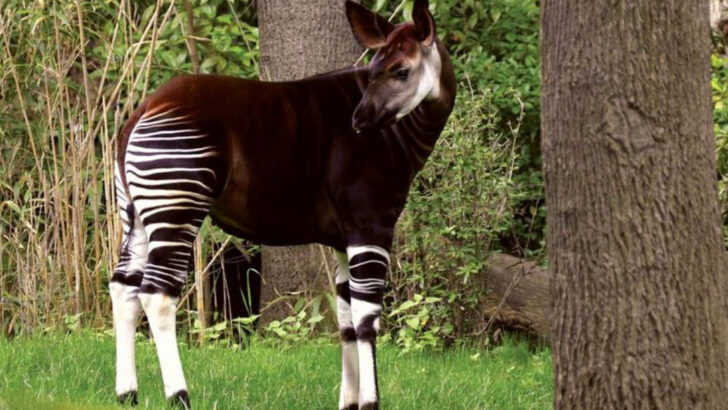Some mammals are so rare, seeing one in the wild feels like hitting the jackpot.
We’re not talking about shy or sneaky—we mean vanishingly rare. Ghosts with fur. Creatures that slip through forests, deserts, and mountains without leaving a trace.
Most people go their whole lives without spotting even one. The lucky few who do? They never forget it. Cameras shake. Jaws drop. Grown adults whisper, “No way…”
These animals don’t show up for just anyone. But today, we’re pulling back the curtain on ten of the world’s most elusive mammals. Ready for a glimpse?
Saola

The Saola, often dubbed the ‘Asian unicorn,’ is a rare sight in the wild. Discovered only in 1992, this enigmatic mammal resides in the dense forests along the Vietnam-Laos border. Its long, slender horns and striking white facial markings give it a mystical appearance.
Though timid and elusive, the Saola is critically endangered, making its sighting a once-in-a-lifetime experience. Conservationists are striving to protect its dwindling population.
Did you know? The Saola was one of the most spectacular zoological discoveries of the 20th century, yet remains one of the least known.
Borneo Bay Cat
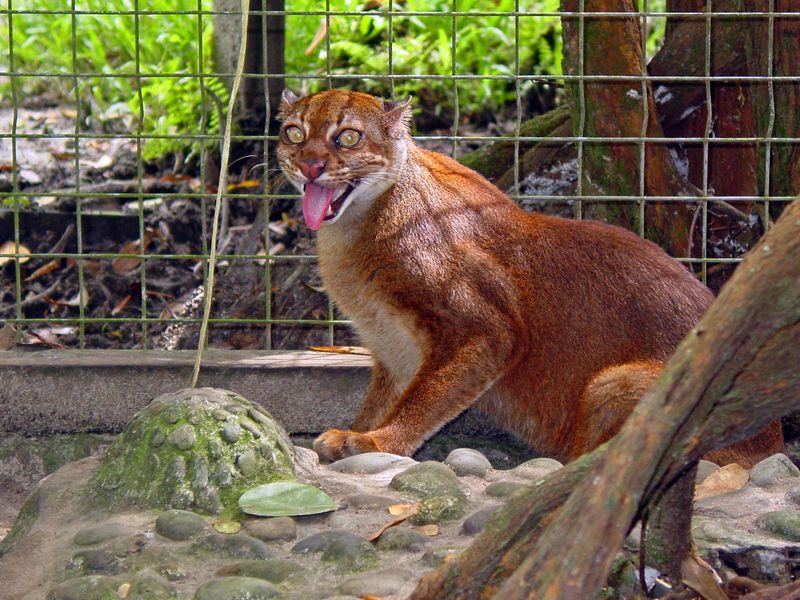
In the shadowy depths of Borneo’s rainforests, the Borneo Bay Cat moves with stealth and grace. This elusive feline, with its rich reddish-brown coat and expressive eyes, is rarely seen by human eyes.
Its habitat, threatened by deforestation, makes conservation efforts crucial for its survival. The Borneo Bay Cat’s secretive lifestyle has intrigued scientists for decades.
A fun fact: Despite being one of the least known wild cats, its existence was confirmed only by a few live sightings and camera traps.
Vaquita

The Vaquita, the world’s smallest marine mammal, is teetering on the brink of extinction. Found exclusively in the northern part of the Gulf of California, this porpoise is known for its shy nature and distinct facial markings.
Environmental threats and illegal fishing have drastically reduced its numbers, making conservation efforts urgent.
With only a handful left, witnessing a Vaquita in the wild is an extraordinary event. Notably, it was only discovered in 1958, yet faces the direst of conservation challenges today.
Aye-Aye

A creature of the night, the Aye-Aye inhabits the forests of Madagascar. Known for its peculiar appearance, this primate sports a long, thin middle finger used for extracting insects from trees.
With large, curious eyes, the Aye-Aye is often misunderstood and feared in local folklore. Despite its odd looks, it plays a vital role in controlling insect populations.
Interestingly, the Aye-Aye’s method of finding food is similar to echolocation, tapping on wood to listen for hollow spaces.
Javan Rhino
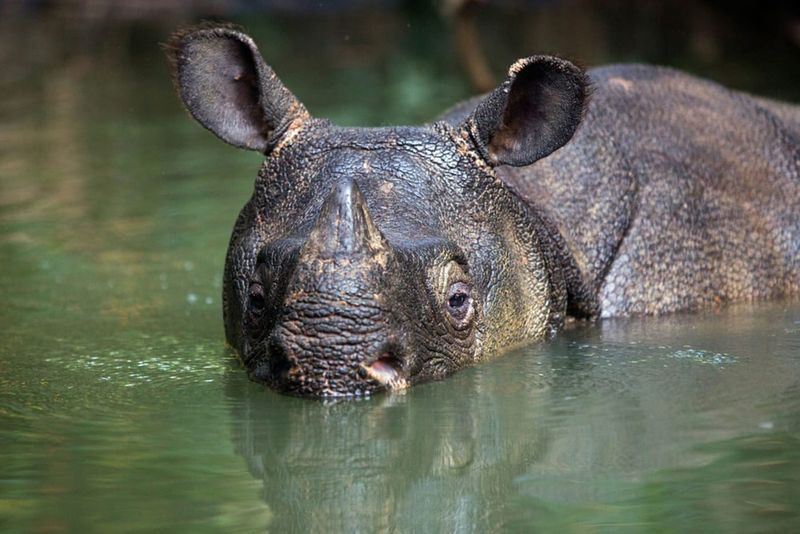
The Javan Rhino, with its solitary horn, is one of the most endangered rhino species. Found only in the Ujung Kulon National Park in Java, Indonesia, this magnificent creature is a symbol of nature’s resilience.
Its tough, armor-like skin and elusive nature make encounters with humans rare and precious. Conservation efforts are crucial to prevent its extinction.
Interestingly, the Javan Rhino was once widespread across Southeast Asia, but habitat loss has confined it to this last stronghold.
Sumatran Tiger

The Sumatran Tiger, the smallest of the tiger subspecies, is critically endangered. Its habitat in the forests of Sumatra is threatened by illegal deforestation and poaching.
This tiger’s fierce beauty and elusive nature make it a prized sight for wildlife enthusiasts. Each tiger’s stripes are unique, akin to human fingerprints.
Did you know? The Sumatran Tiger is the only remaining island tiger species in Indonesia, with its cousins now extinct.
Hirola
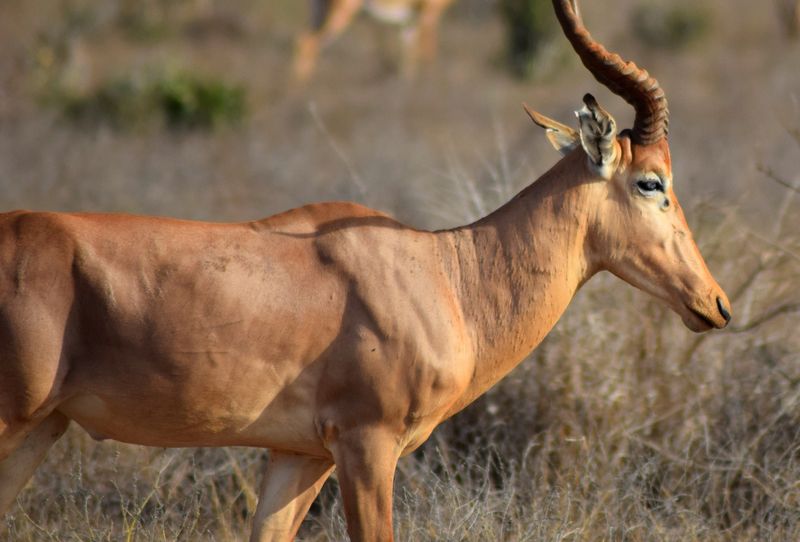
Known as the ‘Four-eyed Antelope’ due to its preorbital glands, the Hirola is critically endangered. It inhabits the arid grasslands along the Kenya-Somalia border, where it blends into the landscape.
The Hirola’s unique horns and alert demeanor have captured the fascination of biologists. Conservationists are working tirelessly to ensure its survival.
Interestingly, the Hirola is the only surviving member of its genus, making it a living relic of evolutionary history.
Northern Hairy-Nosed Wombat
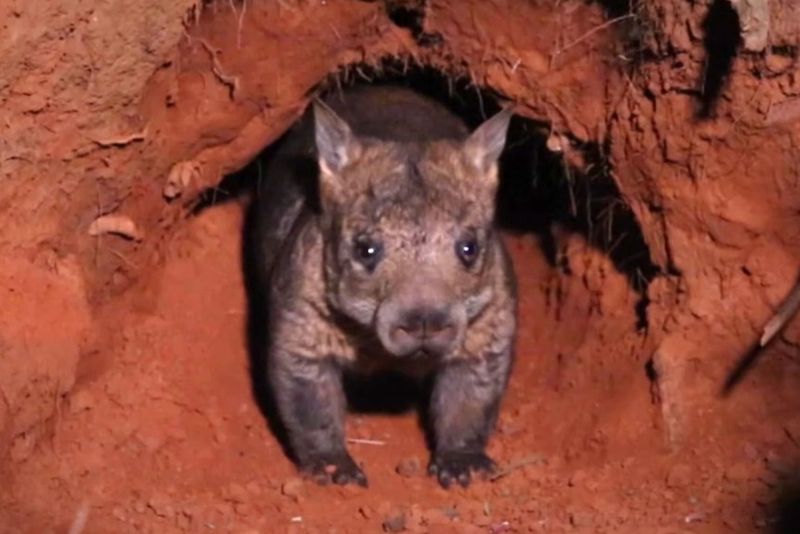
The Northern Hairy-Nosed Wombat, an underground dweller, is one of the rarest marsupials. Found only in a small area of Queensland, Australia, it remains well-hidden from prying eyes.
This wombat’s burrowing lifestyle and nocturnal habits make it a master of evasion. Conservation efforts focus on habitat protection and population monitoring.
Did you know? The Northern Hairy-Nosed Wombat has a specialized diet, feeding on native grasses that are also under threat.
Yangtze Finless Porpoise

The Yangtze Finless Porpoise, known for its playful nature, is critically endangered. Residing in the Yangtze River, this porpoise faces threats from pollution and habitat degradation.
Its unique smile-like expression endears it to those lucky enough to see it. Conservationists stress the importance of river health for its survival.
An intriguing fact: Unlike other porpoises, it lacks a dorsal fin, contributing to its distinctive silhouette.
Okapi
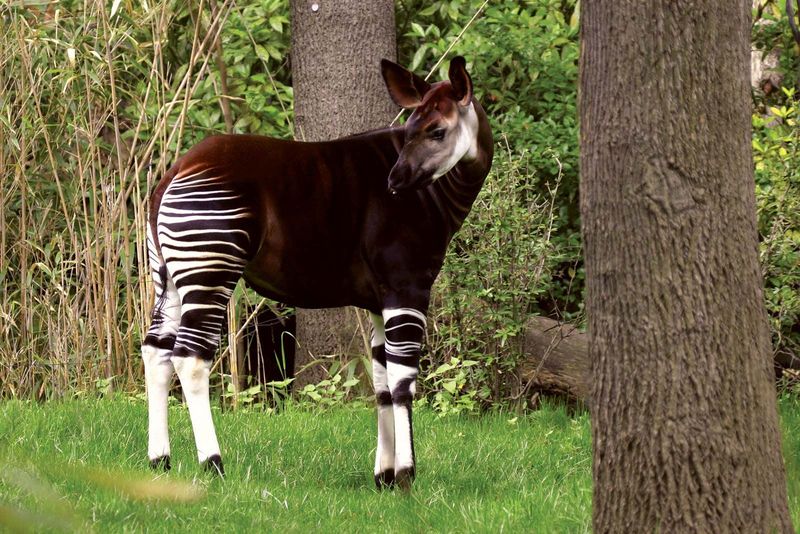
The Okapi, often described as a forest giraffe, resides in the Ituri Forest of the Democratic Republic of Congo. Its zebra-like stripes and elongated neck make it a unique forest dweller.
Despite its size, it remains elusive, camouflaged by the dense foliage. The Okapi’s discovery in 1901 surprised the scientific world, sparking curiosity and admiration.
Interestingly, the Okapi uses infrasonic communication, similar to elephants, to navigate its dense habitat.

